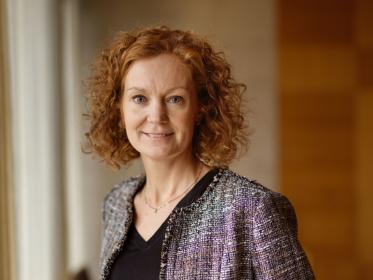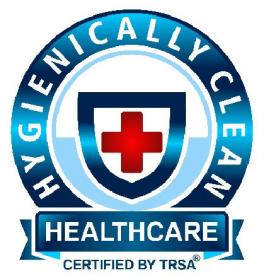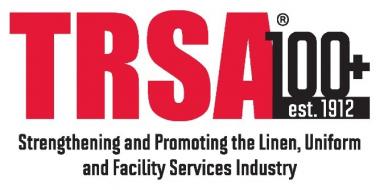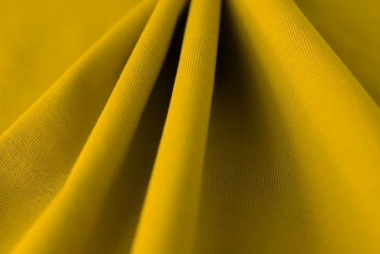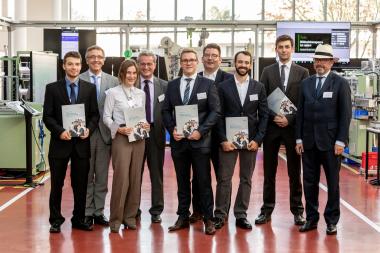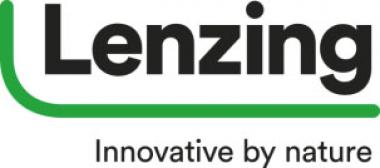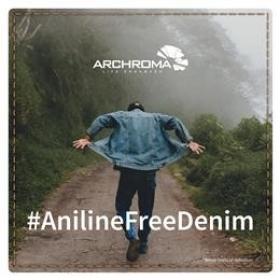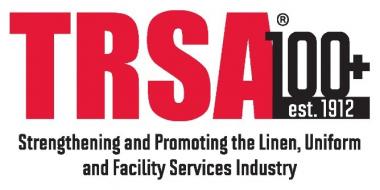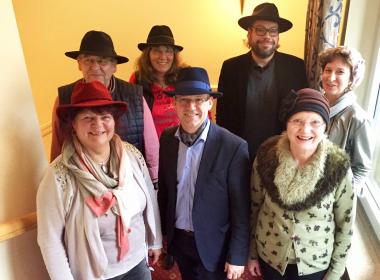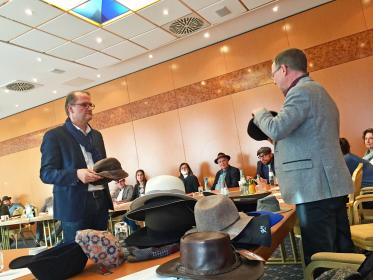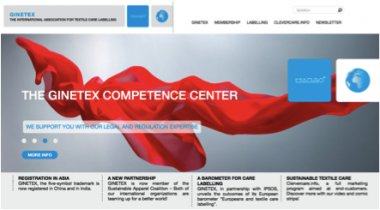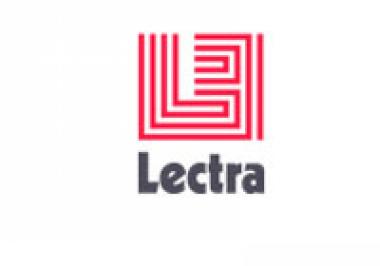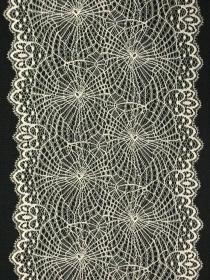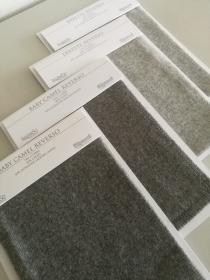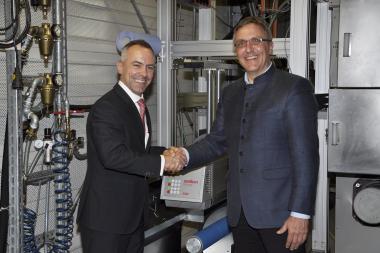NCTO & AAFA: Letter to President Opposing Proposed Tariffs on Mexico
The National Council of Textile Organizations (NCTO) and American Apparel & Footwear Association (AAFA) sent a letter to President Donald J. Trump, opposing the proposed escalation in tariffs for all U.S. imports from Mexico. As the representatives of the apparel and textile supply chain, the organizations represent hundreds of thousands of American jobs dependent on duty-free trade in the North American region.
Signed by the heads of both organizations, the letter states: “Raising tariffs on U.S. imports from Mexico will hurt U.S. workers. Currently, hundreds of thousands of American workers are deployed in production and other key value chains that depend on the North American trade partnership with Mexico, which is the market for half of all U.S. textile exports.”







